Citizen science is reigniting our connection to wild nature, and to one another
© Melanie Hill
We had just launched the Wild Boulder citizen science initiative a week before this observation took place, so I did some quick research to share with our online community of naturalists. My best amateur guess was a Peregrine Falcon, based off some images and information I found online. Next, I uploaded the images, species name, location, date, a few quick notes, and posted the observation to the Boulder County Wildlife Project on iNaturalist.
Minutes later, one person confirmed my educated guess. Yes! I was right, it was a peregrine falcon! And then…a wave of corrections came in: it was actually a Cooper’s Hawk.
After the embarrassment of being a total newbie waned, I realized how much I learned in this short period of time. It didn’t matter that I was wrong. What mattered was that I wasn’t alone; I was surrounded by this online network of insightful naturalists who were ready and willing to help me learn.
LESSON #1:
You don’t have to be a professional naturalist or biologist to become a citizen scientist. By simply contributing wildlife observations to this project and others like it, you’re helping our open space experts better understand local wildlife and landscapes.
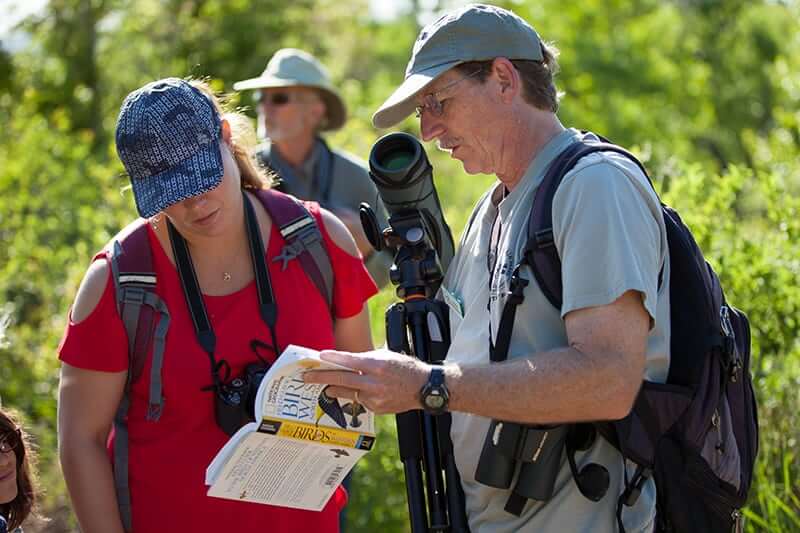
Dave Sutherland, an interpretive naturalist for the City of Boulder’s Open Space & Mountain Parks, helps a citizen scientist with a bird identification on a Wild Boulder guided hike.
Many of Wild Boulder’s citizen scientists are doing what they do simply because they have a passion for these wild creatures, and they want to learn from their peers. Earlier this summer on a guided hike WILD co-led with the City of Boulder, one woman told me she had recently acquired a new camera and was taking all these great pictures of local birds and other wildlife… only to find them collecting digital dust in her computer. Now that she had learned about the Wild Boulder project, she was thrilled to know that her observations could be so meaningful, that she now had a purpose, and was able to contribute to something much larger than herself.
One by one, these zealous individuals are using their diverse backgrounds and experiences to help us better understand what our wild neighbors need to thrive in this unique ecosystem we all call home.
Learn about some of our most active citizen scientists:
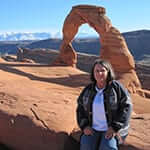 Pam Piombino (aka “moabgardener) became a bird watcher when she joined a Boulder County Audubon field trip in 1985. For Pam, one of the most wonderful things about being a birder is regardless of where you find yourself in the world, there are new birds to see! Now she admits to being a “birder gone bad” – thanks to her new passion for insects, moths, and butterflies.
Pam Piombino (aka “moabgardener) became a bird watcher when she joined a Boulder County Audubon field trip in 1985. For Pam, one of the most wonderful things about being a birder is regardless of where you find yourself in the world, there are new birds to see! Now she admits to being a “birder gone bad” – thanks to her new passion for insects, moths, and butterflies.
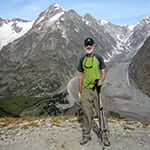 Willem van Vliet (aka “willem9”) is a retired mental laborer whose childhood was devoid of even a blade of grass. Now, he’s grateful for opportunities to be an amateur naturalist and has identified the 2nd highest number of wildlife species in the Boulder County project. Willem tells us “Documenting wildlife observations on iNaturalist helps me learn from others kind enough to share their vastly greater experience and expertise.”
Willem van Vliet (aka “willem9”) is a retired mental laborer whose childhood was devoid of even a blade of grass. Now, he’s grateful for opportunities to be an amateur naturalist and has identified the 2nd highest number of wildlife species in the Boulder County project. Willem tells us “Documenting wildlife observations on iNaturalist helps me learn from others kind enough to share their vastly greater experience and expertise.”
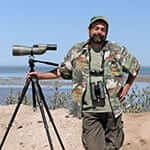 Steve Mlodinow (aka “mlodinow”) posts to the Boulder County Wildlife Project so his observations have meaning and he can contribute to our understanding of what species we have in the County, and what changes may be occurring in the area. Birds, geckos, snakes, jumping-mice, insects- you name it, Steve will find them. He currently holds the record for most species identified in our iNaturalist project!
Steve Mlodinow (aka “mlodinow”) posts to the Boulder County Wildlife Project so his observations have meaning and he can contribute to our understanding of what species we have in the County, and what changes may be occurring in the area. Birds, geckos, snakes, jumping-mice, insects- you name it, Steve will find them. He currently holds the record for most species identified in our iNaturalist project!
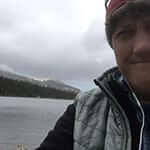 Soren Scott (aka “roomthily”) first picked up a camera after spending time in the Sandias of New Mexico, where he found wildflowers, crossbills, and all these bits of life that he didn’t know about, but wanted to know. Soren is fairly new to Colorado, and is able to overcome the overwhelming variety of butterflies up here by submitting his observations to the Boulder County Wildlife Project on iNaturalist.
Soren Scott (aka “roomthily”) first picked up a camera after spending time in the Sandias of New Mexico, where he found wildflowers, crossbills, and all these bits of life that he didn’t know about, but wanted to know. Soren is fairly new to Colorado, and is able to overcome the overwhelming variety of butterflies up here by submitting his observations to the Boulder County Wildlife Project on iNaturalist.
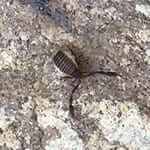 Jared Shorma (aka “blazeclaw”) is one of our youngest participants- he’s a junior in high school and currently holds the record for the highest number of observations posted to our project (700+). Jared first found iNaturalist while researching insects he found interesting. Since then he’s accumulated over 3,000 observations to numerous projects, including Boulder County. His photo of a Pseudoscorpion is one of his favorites; it was the first time he ever saw this arachnid and managed to find not one, but two under the same rock!
Jared Shorma (aka “blazeclaw”) is one of our youngest participants- he’s a junior in high school and currently holds the record for the highest number of observations posted to our project (700+). Jared first found iNaturalist while researching insects he found interesting. Since then he’s accumulated over 3,000 observations to numerous projects, including Boulder County. His photo of a Pseudoscorpion is one of his favorites; it was the first time he ever saw this arachnid and managed to find not one, but two under the same rock!
LESSON #2:
Working together generates more meaningful and impactful outcomes. As an African Proverb goes, “If you want to go quickly, go alone. If you want to go far, go together.”
Not only is this program helping to build an engaged community of citizen scientists, but our land management experts are also learning from the data these individuals are sharing. In fact, that’s one of the main reasons this initiative was established. In addition to deepening community respect for wild nature, Boulder County, the City of Boulder, and the WILD Foundation came together to collaboratively manage this program to help our land managers better understand local wildlife and improve our open space.
Each of our three organizations share a common vision: we want our open spaces, wildlife, and human communities to thrive. Boulder County initially launched this iNaturalist project to track the diversity of wildlife and provide learning opportunities. The City of Boulder identified citizen science as one approach in Boulder’s Resilience Strategy, to unite residents to our climate and environment. And the WILD Foundation hopes this program will ignite a new movement of environmental stewards, both here in Boulder, and beyond.
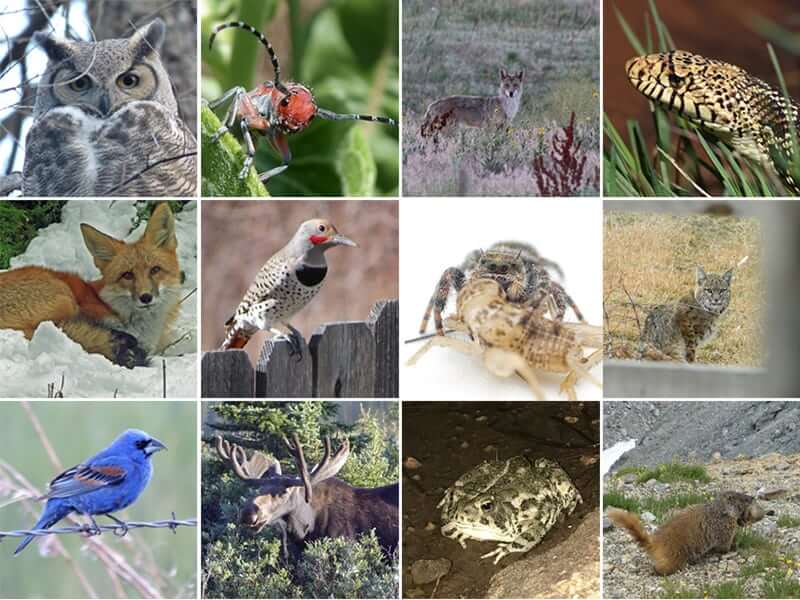
A small handful of Boulder County wildlife observations. From the top left: Great horned owl by the_mothman, Milkweed longhorn beetle by moabgardener, Coyote by cnation, Bull Snake by mlodinow, Red fox by willem9, Northern Flicker by doug_grinbergs, Bold Jumper by andybetter, Bobcat by jimdrew, Blue grosbeak by leahmartinez, Moose by jcharmon, Woodhouses toad by blazeclaw, & Yellow-bellied marmots by roomthily.
Thanks to this thoughtful collaboration, the activities and impacts of the Wild Boulder program are much stronger, and our diverse perspectives allow us to tap into one another’s individual bases of knowledge and experiences. It’s no secret that Boulder County has some of the most diverse wildlife in all of Colorado. What we don’t know just yet is how things like climate change, urban sprawl, fragmentation and degradation, or habitat loss are affecting wildlife behaviors and migration patterns.
That’s where our collaborative is working to make an impact. The Wild Boulder initiative seeks to understand how wildlife is responding to these pressures, and is encouraging residents to take an active role in protecting our wild neighbors and the habitats they depend on. If we don’t have any information about these wild animals, how else can we protect them?
See how WILD is creating big solutions for wild nature
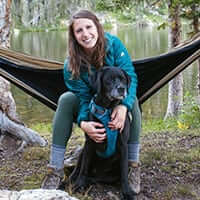 Melanie Hill
Melanie Hill
Director of Communications & Outreach
Melanie Hill uses her passion for wildlife and collaborative action to empower local communities to peacefully coexist with wild nature. With a background in photography and visual media, she helps to cut through the noise in this era of information overload to educate and connect individuals to meaningful causes.
Read Next
2020 (bio)Diversity Interview Series: Melanie Hill
We asked WILD’s program directors to share with us their biggest hopes for our future and the obstacles they face. This week, we feature Melanie Hill.
How do wildfires affect our wildlife?
When fires like these occur, we wonder – how do they affect our wildlife populations?
Do you know who your neighbors are?
Our backyards and neighborhoods are teeming with wildlife, whether you know it or not.
 BECOME A MEMBER
BECOME A MEMBER
Join the WILD tribe today!
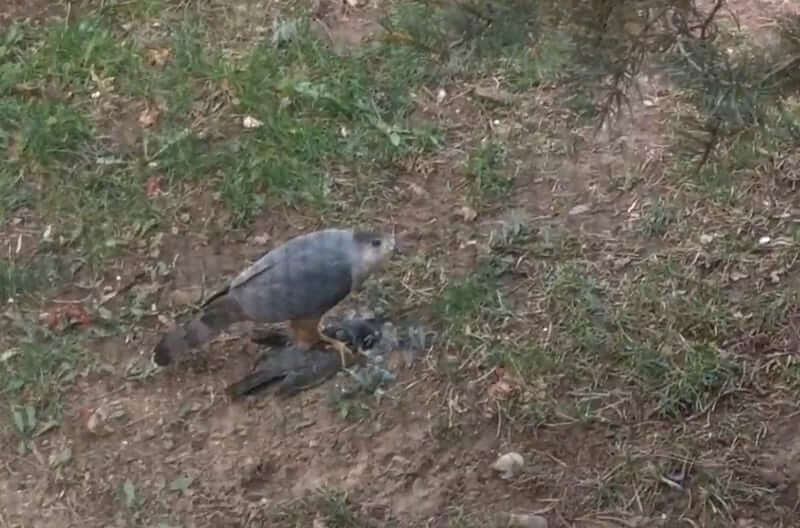
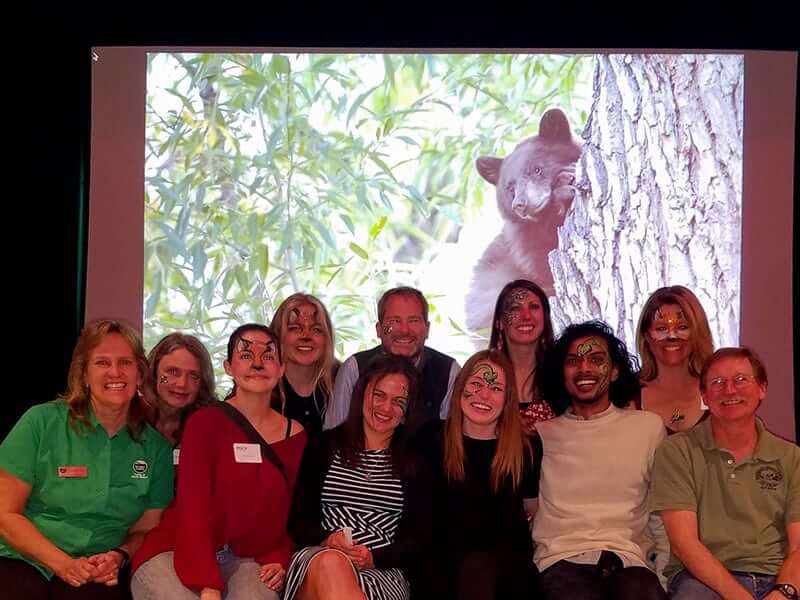
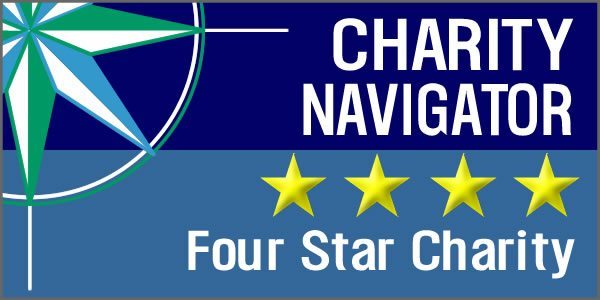

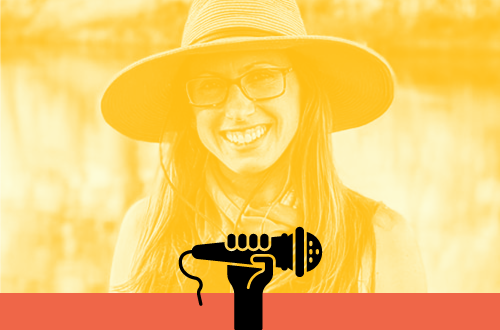
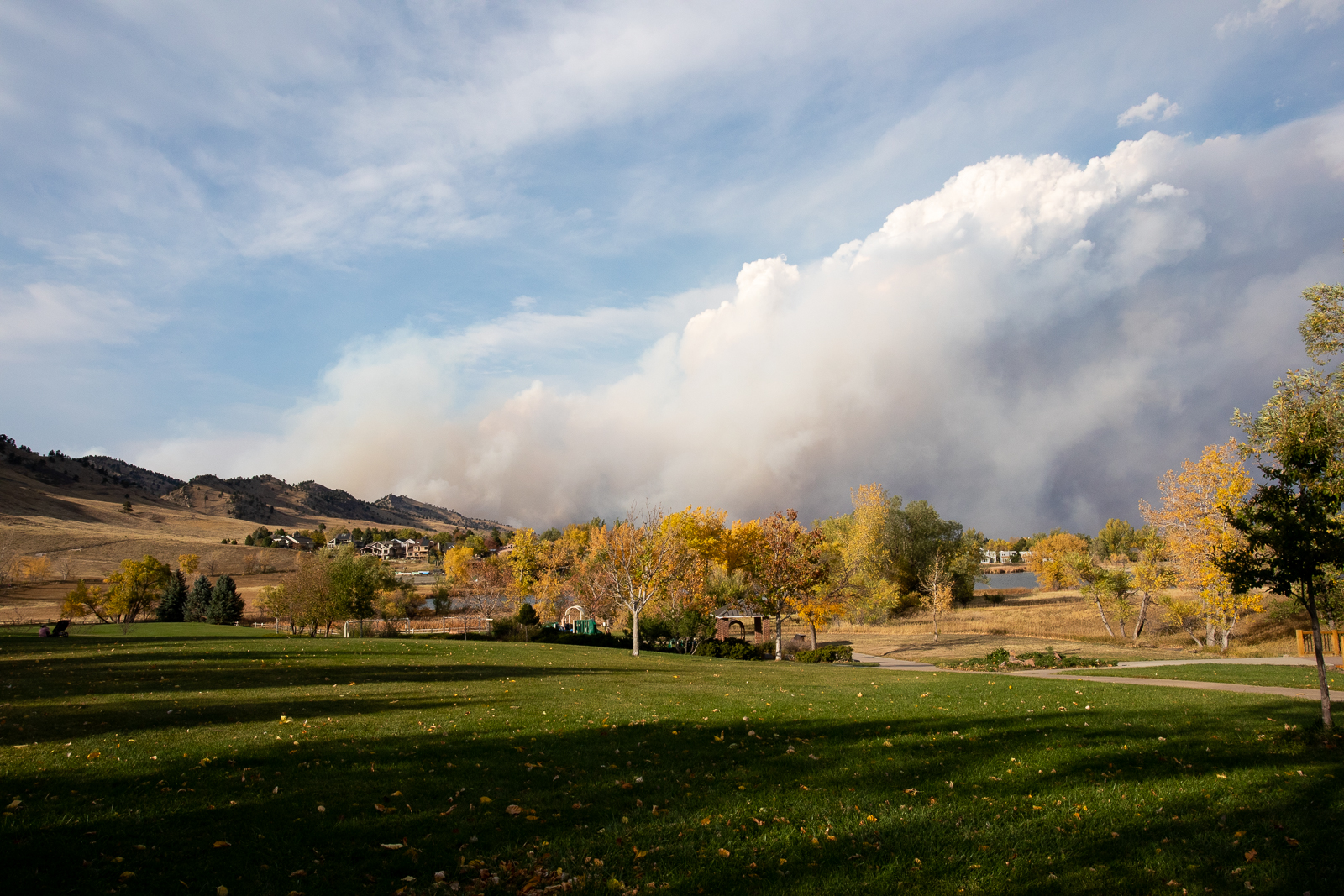
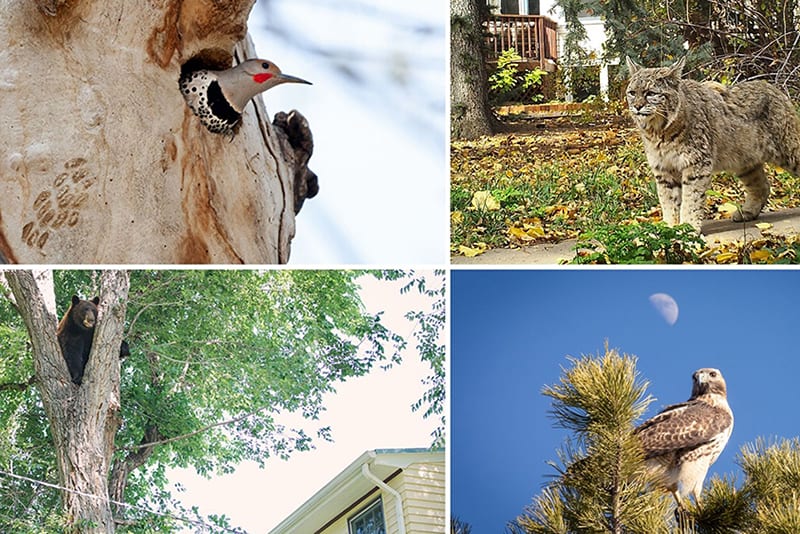

0 Comments